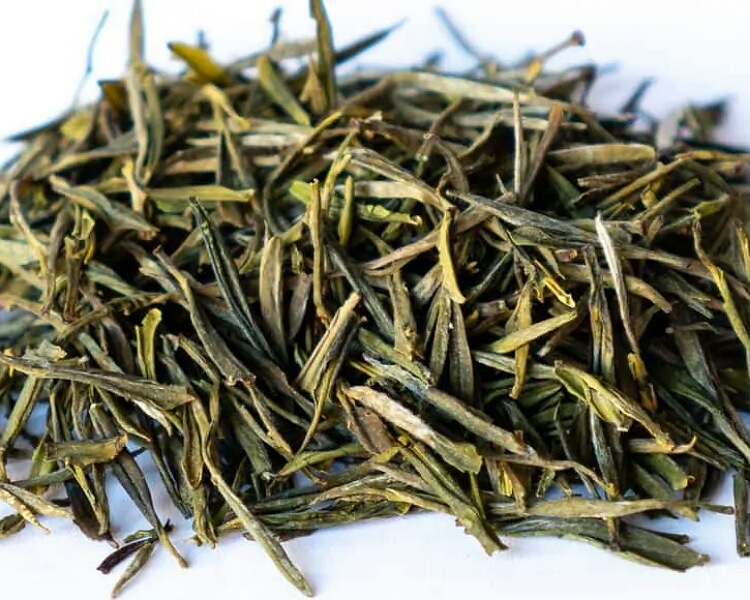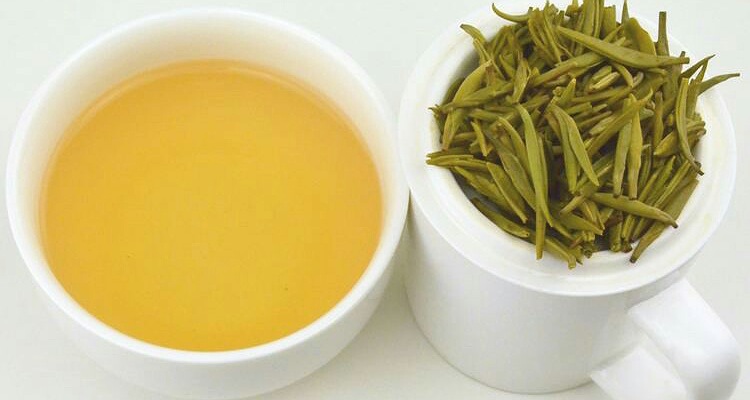Yellow tea is a true tea. It is a type of tea made from the leaves of the tree plant, Camellia sinensis. But its processing is different from that of black, green, or white tea.
It has an additional step during the manufacturing process. This extra processing step makes the tea leaves give the drink a golden yellow hue. Hence the name. It also mellows it without the grassy flavor of green tea.
Yellow tea
The origin of this type of tea in China. It is a Chinese tea that is micro-fermented and less oxidized. Hence it is lighter in flavor compared to the other versions of tea such as black, oolong, green, or Pu-erh.
But the plant that bears the leaves for this tea is the same tree plant, Camellia sinensis. This tea is a rare one and hence also an expensive one.
The cost is explainable by the fact that yellow tea-making requires more time and effort. Large-scale quality control is difficult and hence it is manufactured in limited quantities.

After harvesting, the leaves are sun-dried or pan-dried. And after drying, the leaves are wrapped in wet cloth or paper to produce mild oxidation using steaming.
After three days of oxidation, they may or may not be again dried. This process makes the tea leaves acquire a yellow color. This is imparted to the tea prepared from these leaves and hence the name.
Flavor and types
The flavor of this tea is milder compared to the other types of tea of the same family. It has a mellow flavor like green tea.
But it lacks the grassy smell that comes from the green tea. The taste is smoother as well. On brewing the tea leaves, it provides the drink its golden yellow hue.

The best types of this tea are:
Jun Shan Yin Zhen or silver needle- Grown in the Yun Shan island of Hunan, China. It is floral, mildly sweet, and light.
Meng Ding Huang Ya-This is from Mt. Meg in the Sichuan province of China. It has a nutty flavor with a mild grassy smell.
Mo Gan Huang Ya-This is from the hills of Zhejiang Province of China. It has a slightly sweet flavor with a lingering aftertaste.
Huo Shan Huang Ya-This is an ancient Chinese tea from Anhui Province of China. It is sweet and peppery. But its production has dwindled due to the laborious processing, cost, and preference for green tea.
Health benefits and methods of making
Like the other teas, this tea also has a lot of antioxidants in the polyphenol group. Catechins are also there in this tea in ample quantities. These are good for health.
They mop up the oxidative stress-induced free radicals that can damage the body cells. This reduces inflammation and prevents chronic body diseases. It also prevents cancer formation.

The tea is good for cognitive function and slows down the aging process. The tea also has no calories and is good for people desiring weight loss.
Read more: Diet coke is not healthy! 5 reasons you should not drink it!
For brewing this tea, use water that is between 165 to 175 degrees Fahrenheit. Do not use boiling water. Steep the leaves in it for 3 minutes and remove. The drink is ready. The leaves can be used 4 to 6 times.